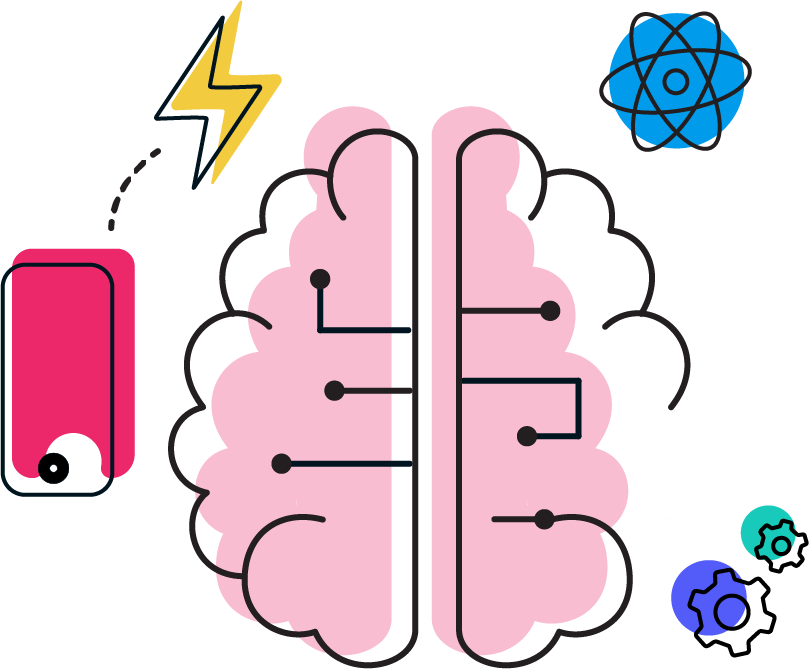


As the adoption of AI continues to ramp up, it’s no surprise that it is becoming a key element in marketing strategies, particularly when it comes to delivering ads to consumers. However, Lucy Hinton, Head of Client Operations, Flashtalking explains why marketers must be wary of handing over all control of their ad creative, as the human touch is still necessary to deliver relevant, fraud-free campaigns.
Marketers are making promising headway when it comes to adoption of tools based on artificial intelligence (AI) and machine learning (ML) to boost efficiency and simplify their processes. That said, there is a risk, inherent in all deployments of AI and ML, of being too hands-off when deploying new automated solutions. This is particularly the case when it comes to leveraging AI and ML to efficiently personalise creative across markets and campaigns.
In the realm of dynamic creative optimisation, AI is changing the game for marketers. But it isn’t at the point yet where marketers can “set it and forget it” across all functions. To do so is to open campaigns to serious risks as it relates to mispricing offers, mistranslating key messages or even violating contracts or regulations.
Let’s take a closer look at where automation can simplify and improve your DCO efforts, and where human oversight still needs to be prioritised.
The Current Reality of AI for DCO
Today’s DCO tools can deliver massive benefits to marketers in the age of personalisation, with many offering simple, self-serve user interfaces that deliver both control and efficiency to the creative execution process. But if anyone tells you that a given platform will eliminate all need for hands-on campaign management, that should send up a red flag. AI and ML can reliably automate a number of functions within the DCO process, but there are tasks where manual oversight remains necessary.
Let’s say you represent a telco brand, and you implement a DCO platform that promises to generate every conceivable variant of an ad—different price points, phone offers, messaging, etc.—and then optimise toward the best-performing creative. This seemingly simple premise falls apart pretty quickly when you realise that you’re going to need legal sign-off on all creative to ensure you’re not putting out impossible, ill-advised or even illegal offers. Your ads require a sanity check and real-world vetting that simply isn’t possible to automate in a practical way.
Beyond monitoring the appropriateness of pricing and offers, brands also often run into problems when they remove human oversight from ad resizing and translation aspects of DCO. AI and ML can be leveraged to reformat ads for various devices and ad units, but when it comes to overlaying text and cropping products, marketers often find that certain automated executions will come out looking less than ideal. Catching obvious ugly or confusing executions before they’re served to consumers is, again, an area where the human eye is going to be far more adept at screening for problems than any algorithm.
The same goes for language. If you’re rolling out creative in multiple languages, many DCO systems will offer a translation option. But anyone who has tinkered around with any automated translation app will tell you that clear, punchy, natural-sounding translation is still not AI’s strong point. Furthermore, there’s often portions of an ad’s text—such as brand names—where translation is not going to be desired. Today’s AI is still not fully capable of reliably spotting these nuanced requirements.
There are a lot of companies out there that are selling the myth of fully automated, end-to-end DCO. Ultimately, these tools end up costing marketers time and money when they realise that certain promised functionalities can’t deliver on their nuanced needs. A better approach is to implement a solution with a full and realistic understanding of what can and should be automated—and what tasks should be retained for the humans.
Where AI Shines in DCO
So where can AI and ML supercharge the DCO process today? Perhaps the greatest area of reliable efficiency can be found by leveraging these tools to identify and optimise campaigns toward the best-performing creative. These days, AI can be applied within the DCO process to not only understand which creative executions perform best, but also why they perform best. Was it the background colour, the featured product, the compelling call to action? And which combinations resonated most strongly with the audiences most valued by the advertiser?
When AI is applied to solving these key challenges, dynamic creative becomes truly optimised. Advertising ROI improves, efficiencies are achieved, and—yes—the creative execution process can be simplified. The most important requirement for realising these improved outcomes is to recognise where automation is appropriate—and where human review and control should be retained.
By Lucy Hinton, Head of Client Operations
Originally published by NetImperative







